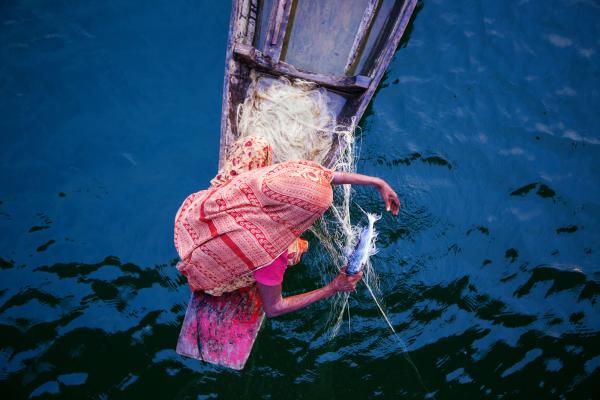Oct 18, 2016
In the wake of Jim Yong Kim’s visit to the country, the World Bank’s future efforts should provide for coordinated global efforts to cope with climate change, especially to help those who live in areas most vulnerable to extreme weather. Future efforts should also provide research in agriculture, funding in education and health facilities, and directions to establish clear labour laws to regulate the booming industrial sector.
Read the Full Article

Already a subscriber? Login
